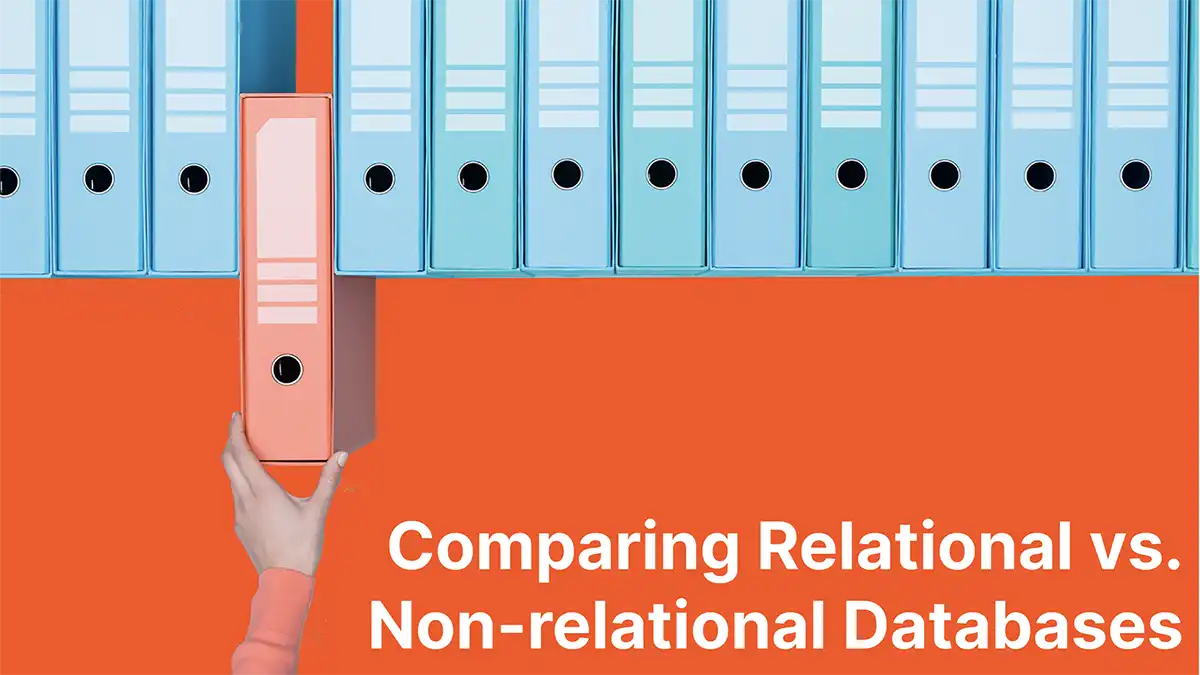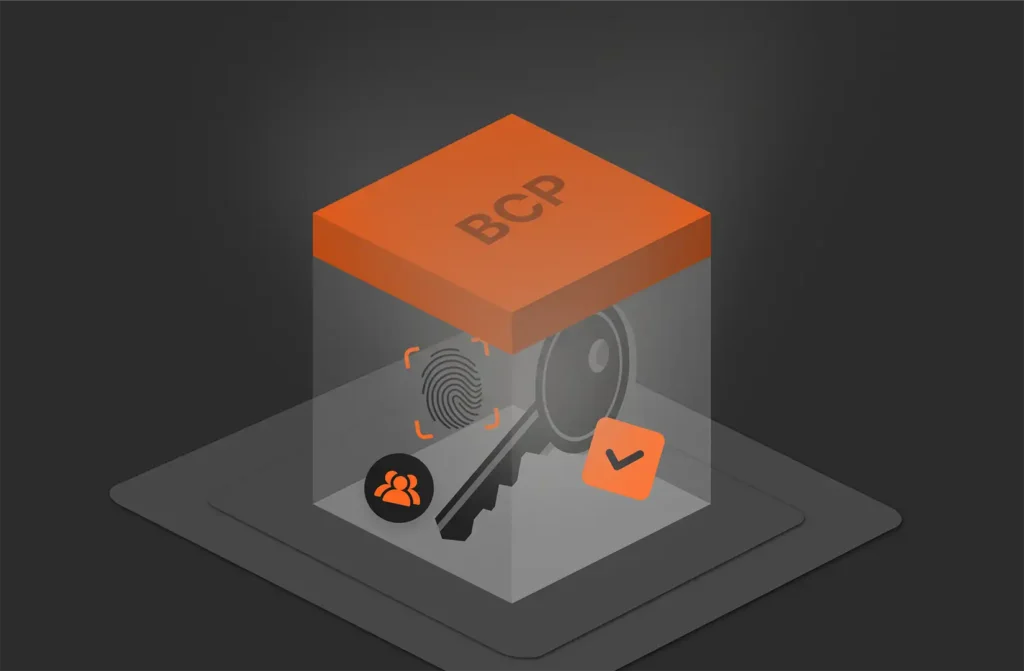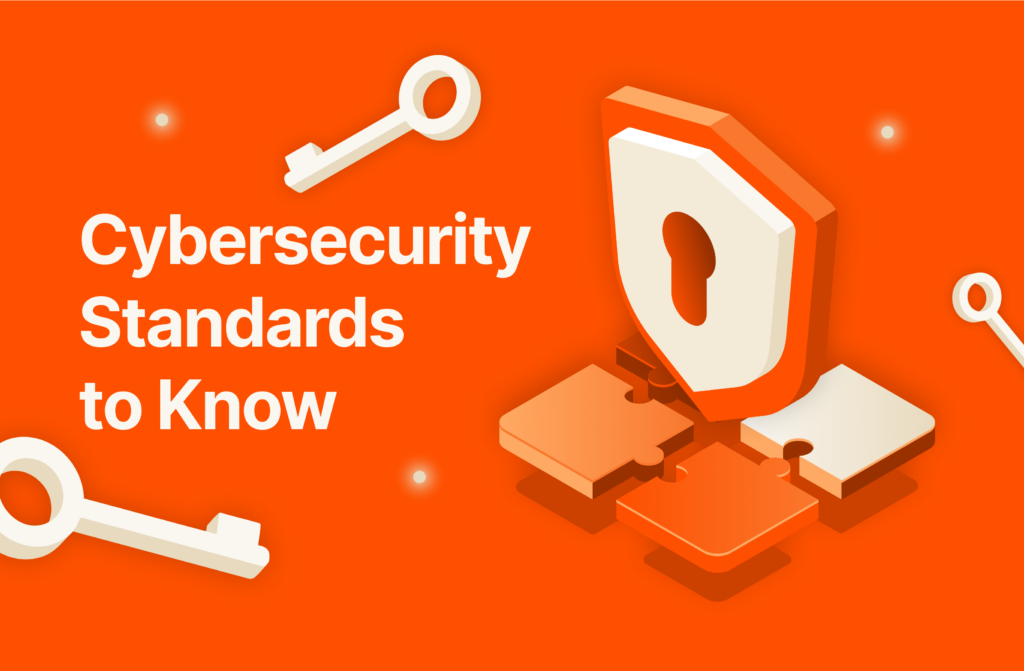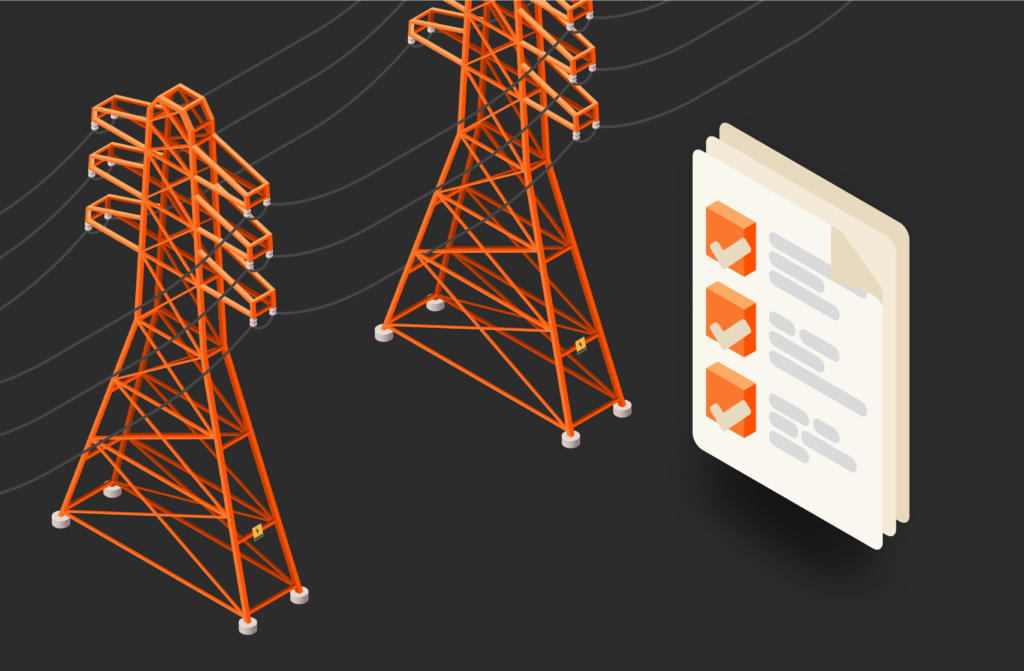Relational databases and non-relational databases primarily differ in the types of data they store and how that data is organized. Relational is highly structured, while non-relational is unstructured. This key design difference makes them well-suited to very different business functions, applications, and programs. It also means they have different requirements for their underlying storage technologies.
In this article, learn more about the differences and advantages of relational vs. non-relational databases and how the right data storage technologies can support both.
What Is a Relational Database?
A relational database (also known as a structured database) is designed to store structured data types in tables with rows and columns, similar to a spreadsheet. Because structured data fits into defined formats, categories, and types, it can be easily sorted into neat, organized tables. Data in a relational database can also be easily retrieved, searched (queried), and manipulated.
Take an airline’s flight data, for example. Every flight’s entry includes structured data such as the flight number, departure and arrival times, origin and destination airports, stops, the number of seats, airplane type, and so on. This data can be easily filtered, searched, manipulated, and cross-referenced with other relational databases on flight booking websites, airport arrival monitors, customer service centers, and by the FAA.
How Relational Databases Store and Retrieve Data
The structured nature of the data entries means relationships can be established between entries in the same table and other tables with primary keys and foreign keys, respectively. This makes it possible to interlink related data sources and create more complex data structures and reports.
Relational databases store and retrieve data with:
- Rows, which make up entries or records. Each row is a unique record (e.g., a flight, in the example above).
- Columns, which are fields of the entries. Each column is a unique attribute (e.g., number of stops, in the example above).
- Primary keys, which establish each unique row.
- Foreign keys, which establish relationships between related tables with related data.
- Structured query language (SQL)—a standardized language used for querying, editing, or retrieving data in relational databases.
What Are the Features of a Relational Database?
The features of relational databases include:
- Rigid schemas. The structured tables of relational databases are by design, but not always, a good fit for workloads and data that are bound to change and evolve over time.
- Concurrent transactions or serial transactions, to avoid data corruption when multiple users are accessing a database. Learn more about serializability in DBMS.
All of these features add up to a highly scalable, secure, and high-performance way to concurrently access structured data.
What Data Storage Is Best for Relational Databases?
Relational databases have long been the territory of traditional disk-based storage technology, but that is changing as more data centers look to improve cost, efficiency, and power consumption. Flash storage can offer an affordable and highly consistent storage solution for relational databases as they grow and support more cloud-based modern applications’ persistent storage needs.
Solid-state drives (SSDs) use flash memory, which is particularly beneficial for low latency and performance for relational databases. Network attached storage (NAS) can offer connected storage and shared access to large amounts of data stored in relational databases across multiple servers. Cloud-based storage is also an excellent option for getting the scalability and reliability many enterprise applications leveraging relational databases need.
Using Relational Databases
What Technologies Use Relational Databases?
Technologies that use relational databases include many large-scale, enterprise applications but can also include the structured workloads of modern applications. You’ll find relational databases behind any large amounts of structured data, such as user databases, even on platforms like social networks that rely on NoSQL databases.
Technologies that use relational databases can include:
- Enterprise resource planning (ERP) and customer relationship management (CRM) platforms and business intelligence platforms that leverage data warehouse solutions
- Supply chain management software
- E-commerce platforms, supporting large inventories of structured product data (e.g., SKUs)
- Accounting and banking software
- Electronic health record (EHR) systems
- Government and municipal applications and records
What Are Relational Databases Best At?
- Efficiency. A highly structured and predictable schema means it’s fast and efficient to read, write, and query data.
- Consistency. Consistency and accuracy are enforced in relational databases by design. This keeps entries and records consistent and builds in integrity to adhere to schema rules and relationships. (This also reduces the likelihood of duplication.)
- Vertical scale
- ACID compliance. Relational databases typically follow the ACID (atomicity, consistency, isolation, durability) properties, ensuring data transactions are processed reliably and securely.
Examples of Relational Database Management Systems
Relational databases and relational database management systems are traditional, enterprise workhorses such as Oracle Database, IBM Db2, and Microsoft SQL Server, but there are also some popular open source options, such as MySQL, MariaDB, SQLite, and PostgreSQL. Vertica is a relational database; however, in Eon Mode with Pure Storage, it’s able to leverage file and object storage.
Related reading: What is MySQL High Availability?
What Is a Non-relational Database?
A non-relational database is more commonly referred to as a NoSQL database or an unstructured database. NoSQL means “not only SQL,” which is the standard query language for relational databases. If relational databases are designed for structured data, NoSQL databases are designed for all the rest—semi-structured and unstructured, which do not fit neatly into tables.
Considering the airline database example above, a NoSQL database would, in this case, store semi-structured and unstructured data related to flights such as readings from airplane sensors and gauges, in-flight recordings and comms, GPS and mapping, regional conditions during the flight, and so on.
Here’s where we start to get into more dynamic, modern-day data applications and use cases for unstructured data and its potential.
How Do Non-relational Databases Store and Retrieve Data?
NoSQL databases organize this data with alternative models to SQL databases that aren’t as rigid. This allows for a more flexible approach to grouping, storing, and searching data of different types such as photos, audio, or sensor data. These models include:
- Key-value pair databases, in which data is stored and retrieved based on keys
- Graph databases, with the primary focus on relationships between data and queries
- Document store databases, using JSON or XML formats and unique document structures
- Columnar databases, which use columns instead of rows for discrete grouping and analysis
What Are the Features of a Non-relational Database?
NoSQL databases’ features are all about scale, variety, and flexibility—mirroring those of modern applications and data:
- Highly flexible schemas. While SQL databases have a rigid structure by design, the schema of a NoSQL database can evolve over time. This is a benefit when storing data that’s unstructured and likely to evolve over time, thus not always able to fit into the same, rigid schema. Here’s where eventual consistency helps, propagating changes made to a database across nodes over time.
- Built-in replication. NoSQL’s ability to replicate and distribute data across the nodes mentioned above gives these databases high availability but also failover and fault tolerance in the event of a failure or outage.
- Sharding, which improves scalability and load balancing. This technique allows data to be spread vertically across multiple nodes and servers, distributing workloads and dividing data sets up so processing can be done on a smaller scale in parallel. Also, this improves fault tolerance.
What Data Storage Is Best for Non-relational Databases?
Compared with SQL databases, NoSQL databases will have very different requirements from data storage. NoSQL databases need the capabilities of SSD flash storage, and more specifically, object-based storage to support large-scale unstructured data volumes. Object storage like Pure Storage® FlashBlade® is well-suited for the storage and consolidation of large unstructured files such as images.
In-memory storage, while it has certain limitations, is another option for real-time applications and caching use cases.
Bottom line: Storage architectures must be designed to support the demands of large NoSQL databases with the proper scalability and performance, all while reducing the overall data center footprint.
Examples of Non-relational Databases
There are many NoSQL database options, with different models and specialities, including:
- DynamoDB, both a key-value and document store database
- Neo4j, a popular graph database
- Redis and Riak, key-value store databases
- Couchbase and MongoDB, two popular document-store databases
- Apache Cassandra and HBase, columnar-store databases
It’s important to note the variability of data models between NoSQL databases. When choosing from open source databases, be sure to take into consideration the developer support, your needs for scalability, and what data model is best for your workload.
Using Non-relational Databases
As mentioned above, NoSQL databases are able to meet the unique demands of modern data and applications. There are complexities and drawbacks, but many have been addressed with modern unstructured data storage technologies that deliver highly scalable, affordable, and performant solutions that offset these issues.
With the right storage technology underneath, using non-relational databases will depend more on the workloads and what suits them best.
What Do Non-relational Databases Do Best?
- Unstructured data management. Relational databases were not built for unstructured and semi-structured data. Storing this data, and storing it in a way that makes it accessible and easily leveraged, is the primary thing NoSQL databases do best.
- Horizontal scale. As traffic grows and data volumes expand, NoSQL databases can flex to meet demands by adding nodes to existing clusters.
- Complex analytics and real-time analysis of big data. Storing large volumes of data is one thing; being able to efficiently process and analyze it is another. This is where NoSQL databases excel.
- Distributed and cloud-based applications
What Technologies Use NoSQL?
NoSQL databases are the databases of modern applications and data-heavy use cases such as:
- Large-scale web applications, with caching as a top use case
- Big data analytics
- Fraud detection
- Recommendation engines
- Time-series databases
- Artificial intelligence and machine learning, with flexible data modeling requirements
- The internet of things (IoT) and sensor device networks
- Real-time data analytics and processing
- Social media networks, which rely on unstructured data and massively parallel requests
What these apps and technology have in common are their demands: massive scalability, high performance, flexibility, and capacity for highly varied data types.
Relational vs. Non-relational Databases
We’ve covered the types of data and features of relational and non-relational databases. So, which is right for your data, workload, or application? What data storage can best support your databases and keep data available, accessible, and secure for your enterprise applications? Let’s take a closer look.
Key Differences Between Relational and Non-relational Databases
As mentioned above, relational database pros include integrity, consistency, and reliability. They’re great for highly structured data, which will always be a critical workload.
Non-relational databases can tackle the demands of unstructured data, with advantages for distributed environments and modern workloads that require deeper, more complex analysis.
Aside from the structured vs. unstructured data advantages, there are a few other differences to consider:
- Avoiding data duplication. Relational databases promote data consistency by avoiding data duplication and adhering to normalization principles. Normalization eliminates redundant data and minimizes data anomalies, ensuring efficient storage and maintenance of data.
- ACID compliance. Relational databases may be better suited to ACID compliance (atomicity, consistency, isolation, durability). ACID transactions guarantee that database operations are performed as a single, indivisible unit and that the database remains in a consistent state even in the presence of failures or concurrent access.
- Concurrency. By design, relational databases can help to avoid issues with consistency or congestion when large amounts of requests are made from multiple users. Handling these concurrent queries and transactions makes relational databases an advantage in scenarios where large amounts of structured data need to be accessed at once without compromising the integrity of the data or the application.
Conclusion
As unstructured data continues to grow and is increasingly valuable in creating rich applications and user experiences, NoSQL databases and unified fast file and object storage like Pure Storage FlashBlade will be paramount to successfully powering the applications and technologies listed above. For high-powered analytics, artificial intelligence, real-time data, and unstructured data, choose the FlashBlade family for efficient, economical, and high-performance storage.







